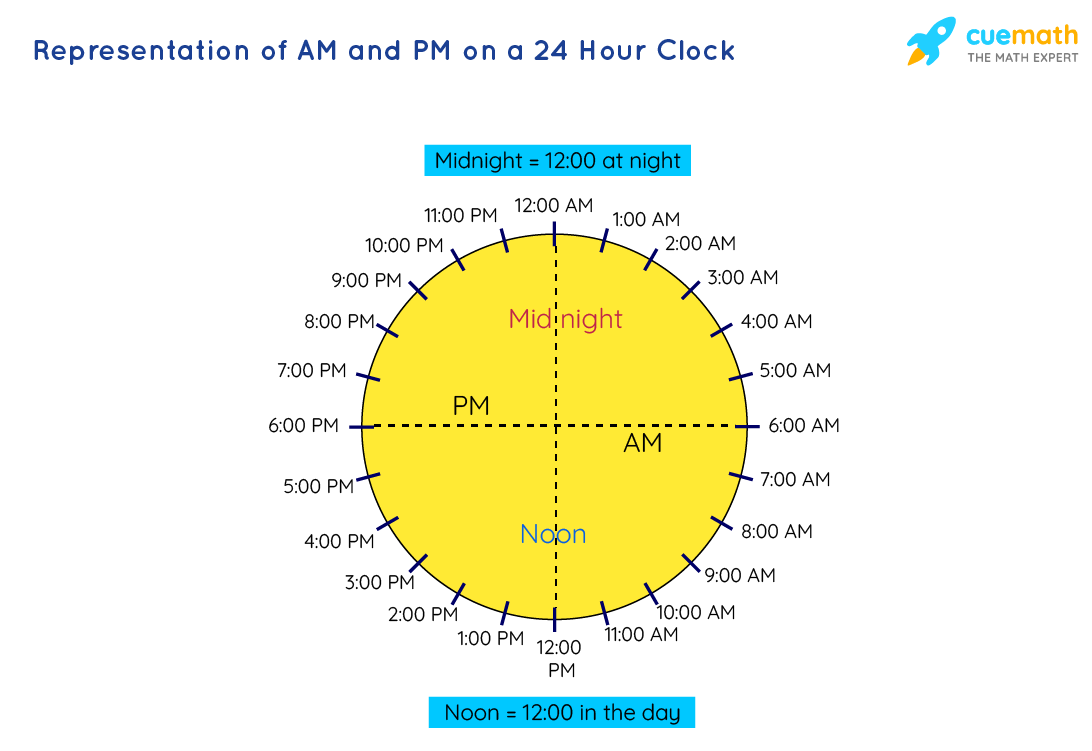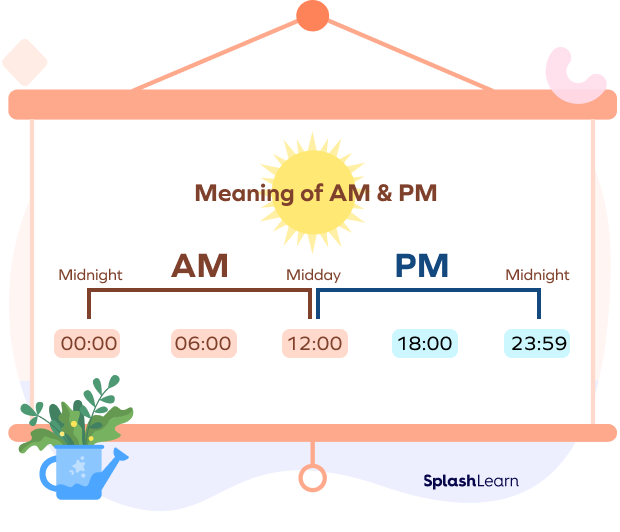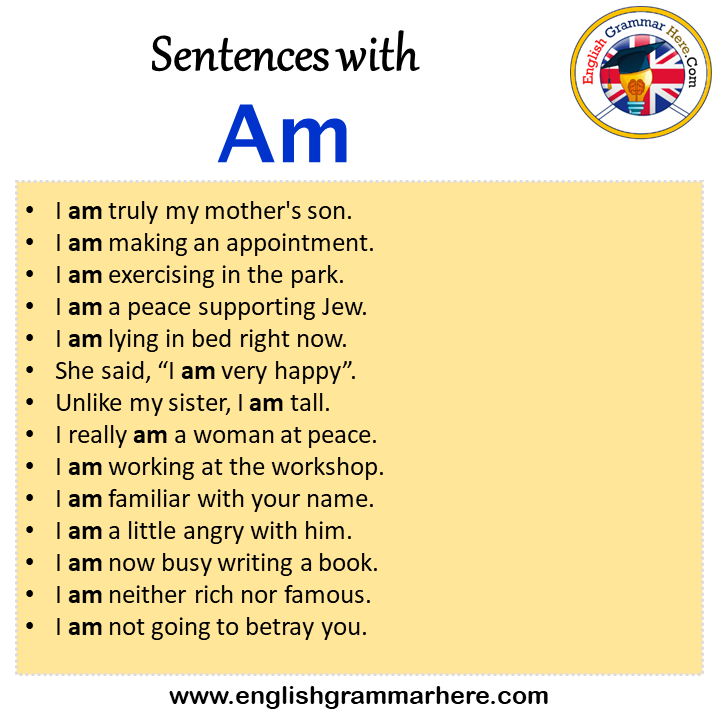The early hours hold a quiet power, a stretch of time before the world truly wakes up, offering a unique opportunity to shape the day ahead. Many people often think of "AM" simply as a time marker, the part of the day before noon. Yet, when we truly consider what "am" stands for, "ante meridiem," meaning "before midday," it becomes clear that this period is much more than just numbers on a clock; it's a chance to make meaningful deposits into our personal well-being and daily effectiveness.
This idea of "am investment strategies" isn't about financial markets, not really. It's about how we choose to spend those precious moments when the sun is just coming up, or perhaps even before it shows its face. It's about recognizing that the way we approach these "before midday" hours can significantly influence our focus, our mood, and our overall output for the entire day. You know, like, what you do in those first few hours can really set the tone.
So, we will look at how understanding the very nature of "am" can help us create simple yet powerful routines. These are routines that, in a way, invest in ourselves, leading to better days and, quite possibly, a more fulfilled life. It's about using the time when the world is still a bit sleepy to your advantage, actually.
Table of Contents
- The Core Meaning of "AM": More Than Just a Time Stamp
- Why "AM Investment Strategies" Matter for Daily Living
- Navigating "AM" Across the Globe: Time Zones and Communication
- Crafting Your Own "AM" Strategy: Practical Steps
- Beyond the Clock: The Broader Meaning of Early Hours
The Core Meaning of "AM": More Than Just a Time Stamp
Before we can truly explore any "am investment strategies," it helps to really understand what "am" actually means. It's a term we use every single day, often without a second thought, but its origin and purpose are quite specific. In fact, knowing this can change how you view those early hours, so it's important to note.
Ante Meridiem: Before Midday's Arrival
The term we associate with the morning, "a.m.," is an abbreviation of the Latin phrase "ante merīdiem." This phrase, in English, means "before midday." It's a simple idea, really, yet it defines a significant portion of our waking lives. This means that any time from midnight up until just before noon falls under the "am" designation. So, you know, when you get those English emails at 12:36 am, that's definitely in the "ante meridiem" period, very early in the morning.
This Latin root gives us a bit of a historical window into how time was tracked. People needed a clear way to distinguish between the first half of the day and the second. It's a system that has stuck around for centuries, and it still helps us keep our schedules straight. So, in a way, it's a really old way of thinking about daily structure, which is pretty neat.
The 12-Hour Cycle and Your Morning
Our daily lives are, for the most part, structured around the 12-hour clock, which uses "am" and "pm" to avoid confusion. For instance, if you get an email at 12:36 am, you know that's just after midnight, the very beginning of a new day. And if someone mentions 2:xx am, you understand that this is the middle of the night, or very early morning. It's a system that makes a lot of sense, you know, for general use.
It's interesting to remember that noon, when the sun is highest in the sky, is neither "am" nor "pm." It's that specific dividing line, a kind of transition point. Similarly, midnight is also a unique point, marking the end of one day and the start of the next. Using numbers from 1 to 12, followed by "am" or "pm," helps us tell time clearly. This simple system helps us determine the correct time of day, whether it's "ante meridiem" or "post meridiem," which is a fundamental aspect of our daily lives, actually.
Why "AM Investment Strategies" Matter for Daily Living
Thinking about "am" as a time for "investment" shifts our perspective. It's not about putting money into something, but rather about putting effort, attention, and good choices into the early part of your day. This kind of "investment" can pay off in terms of productivity, personal well-being, and even long-term growth. It's a bit like planting seeds in the morning, so to speak.
Investing in Productivity: Getting Ahead of the Day
The morning hours, especially those quiet ones before the usual hustle begins, are often when our minds are freshest. This makes them an ideal time to tackle tasks that need deep focus. For example, if you frequently receive English emails in the early morning, say at 12:36 am, you might choose to address important ones when your concentration is at its peak. This early engagement can help you get ahead, rather than playing catch-up all day. It really helps to clear your plate early on, you know.
Many people find that planning their day during these "ante meridiem" hours sets a clear path forward. This could involve outlining your main goals, prioritizing your tasks, or just getting a sense of what needs to happen. It's a bit like setting a course for your ship before you leave the harbor, which just makes sense, obviously.
Investing in Well-being: A Personal Recharge
Beyond work or tasks, the "am" period offers a chance to invest in your own physical and mental well-being. This might mean setting aside time for quiet reflection, maybe some meditation, or just enjoying a cup of tea in peace. It's a time for yourself, before the demands of others start to pile up. This kind of personal space is really important, you know, for staying balanced.
Physical activity in the morning can also be a powerful "am investment." Whether it's a brisk walk as the sun begins to rise, or some gentle stretching, moving your body early can boost your energy and improve your mood for hours. Exploring your local sunrise can even inspire you to get out and experience those first rays of light. And, of course, a nourishing breakfast fuels your body for the day ahead, which is pretty basic, but often overlooked, actually.
Investing in Growth: Learning and Development
The early morning can be a prime time for personal growth. With fewer distractions, you might find it easier to read a book, learn a new skill, or work on a creative project. This consistent "investment" in learning, even just for 30 minutes each day, can add up significantly over time. It's like building a little bit of knowledge brick by brick, very slowly, but surely.
For instance, if you're trying to pick up a new language, practicing in the "am" could help solidify what you're learning, as your mind is often more receptive. Or, if you have a hobby that requires focused attention, like writing or drawing, the quiet of the morning provides an ideal setting. This quiet time is, in some respects, a gift you give yourself, allowing for deeper engagement with what matters to you.
Navigating "AM" Across the Globe: Time Zones and Communication
Our understanding of "am" isn't just about our personal morning routine; it also plays a huge part in how we connect with people across different parts of the world. Knowing what "ante meridiem" means in another city can be a real game-changer for effective communication. It's a big world, and time works a bit differently in various places, naturally.
Understanding Global Time: A Key to Connectedness
When you're dealing with global connections, knowing the current local time in places like Tel Aviv, London, or Amsterdam becomes really important. The "am" in your city might be the "pm" for someone else, or even the middle of the night. Websites that provide weather and area codes also often give you the time zone and daylight saving time information, which is super helpful. So, you know, you can check London's sunrise and sunset times to get a better feel for their day.
For example, if you're planning a call with someone in a different country, you need to figure out what time 9:00 am your time is for them. This means looking at USA time zones and time zone maps, or checking the current local time in UTC. It's all about making sure that your "am" doesn't become their "middle of the night" when you send that important message. This awareness, in a way, is a vital part of modern life.
The Impact of Early Morning Communications
As mentioned, receiving English emails at 12:36 am can be a common occurrence when you have international contacts. This highlights how people in different time zones are working on their own "am" or "pm" schedules. Understanding this can help you manage expectations for responses and plan your own communications more effectively. It's just good practice, really.
Tools that allow you to add or subtract seconds, minutes, hours, days, weeks, months, and years from a given date can be incredibly useful here. They help you calculate exactly when your "am" message will land in someone else's "am" or "pm." This kind of precision in time management, especially for global teams, means everyone can operate more smoothly. It's about being considerate, too, you know, of others' schedules.
Crafting Your Own "AM" Strategy: Practical Steps
So, how do you actually put these "am investment strategies" into practice? It's not about following a strict, rigid plan, but rather about finding what works best for you to make the most of your mornings. It's a bit like building a custom tool, very much for your own needs.
Starting with Awareness: Knowing Your "AM"
The first step is simply to become more aware of your own "am" hours. What time do you naturally feel most awake? When do you tend to have the most energy? You can explore your local sunrise and sunset times to connect with the natural rhythm of the day, which can be quite grounding. Just observing how your body feels in the morning can provide valuable clues, you know.
Consider when you typically receive those early morning emails or when you tend to start your most focused work. This self-observation is a bit like gathering data on yourself. It helps you understand your personal "ante meridiem" landscape, so you can then decide where to "invest" your time and energy most effectively. It's a very personal process, actually.
Building a Routine: Consistent Action
Once you have a better sense of your morning patterns, you can start to build a routine. This doesn't have to be complicated; even small, consistent actions can make a big difference. For example, you might decide to dedicate 15 minutes each morning to a specific task, or to some quiet reflection. You could even use a countdown timer that counts down in seconds, minutes, hours, and days to any date, with time zone support, to keep yourself on track for specific morning activities. This helps you stick to it, you know.
The key here is consistency. Doing something small every day, rather than trying to do everything all at once, is often more sustainable. This approach helps build positive habits that, over time, become automatic. It's about creating a series of small, positive "investments" that add up to a significant return. It's pretty powerful, really, when you think about it.
Adapting and Adjusting: Flexibility is Key
Life happens, and sometimes your carefully planned "am" strategy might need to change. Maybe you have a late night, or an unexpected early morning meeting. Being able to adapt and adjust your routine is just as important as having one. The calculator tool that enables you to add or subtract seconds, minutes, hours, days, weeks, months, and years from a given date can be useful here for rescheduling or planning around changes. It covers the 12 hours from noon to midnight, too.
The goal isn't perfection, but progress. If one morning doesn't go as planned, that's okay. You can simply pick up where you left off the next day. This flexibility means your "am investment strategies" are sustainable and can truly support you, rather than becoming another source of stress. It's about being kind to yourself, which is, you know, very important.
Beyond the Clock: The Broader Meaning of Early Hours
The "am" period is more than just a segment of time; it holds a particular quality that can be quite beneficial. It's a time of quiet, of new beginnings, and of potential. Thinking about it this way can help you truly appreciate the value of these hours. It's a bit like a fresh canvas, ready for whatever you want to create, really.
The Quiet Before the Rush
For many, the "am" hours are the quietest part of the day. The phones aren't ringing constantly, emails aren't flooding in, and the general noise of the world is still somewhat muted. This quiet can provide a sense of peace and mental clarity that is hard to find later in the day. It's a unique window, you know, for undisturbed thought.
This calm environment is ideal for tasks that require deep concentration or creative thinking. It allows your mind to wander freely, to connect ideas, and to solve problems without interruption. It's a bit like having a clear channel for your thoughts, which is pretty nice, actually, especially in a busy world.
Long-Term Benefits of Morning Discipline
Consistently investing in your "am" hours can lead to significant long-term benefits. Over time, these small daily actions build into powerful habits that contribute to greater productivity, improved well-being, and continuous personal growth. It's like compound interest, but for your life, very much so.
By consciously choosing how you spend your "ante meridiem" time, you are actively shaping your days, weeks, and years. This deliberate approach can help you feel more in control, more prepared, and more aligned with your goals. It creates a positive cycle that, you know, just keeps giving back.
Frequently Asked Questions About AM Investment Strategies
What does "am" really mean in daily planning?
When we talk about "am" in daily planning, it refers to "ante meridiem," which means "before midday." This period covers the hours from midnight up until just before noon. In daily planning, understanding "am" helps you designate specific tasks or activities for the morning, often when focus is higher and distractions are fewer. It's about recognizing that the early part of the day has its own distinct characteristics, which you can, you know, use to your advantage.
How can understanding time zones improve my morning strategy?
Understanding time zones, like those for Tel Aviv, London, or Amsterdam, is really important for your morning strategy, especially if you deal with people globally. Knowing the current local time in different regions helps you schedule calls or send emails so they arrive during someone else's working hours, rather than their early morning or middle of the night. This awareness means your "am" communications are more likely to be seen and acted upon promptly, which is pretty useful, actually.
Are there specific benefits to investing time in the early morning?
Yes, there are several benefits to investing time in the early morning. The "am" hours often offer a quieter environment with fewer distractions, which can lead to increased focus and productivity for important tasks. It's also a great time for personal well-being activities, like exercise or quiet reflection, which can boost your mood and energy for the rest of the day. Many people find that using the "am" for learning or personal projects helps them make consistent progress over time, so, you know, it's a good habit to build.



